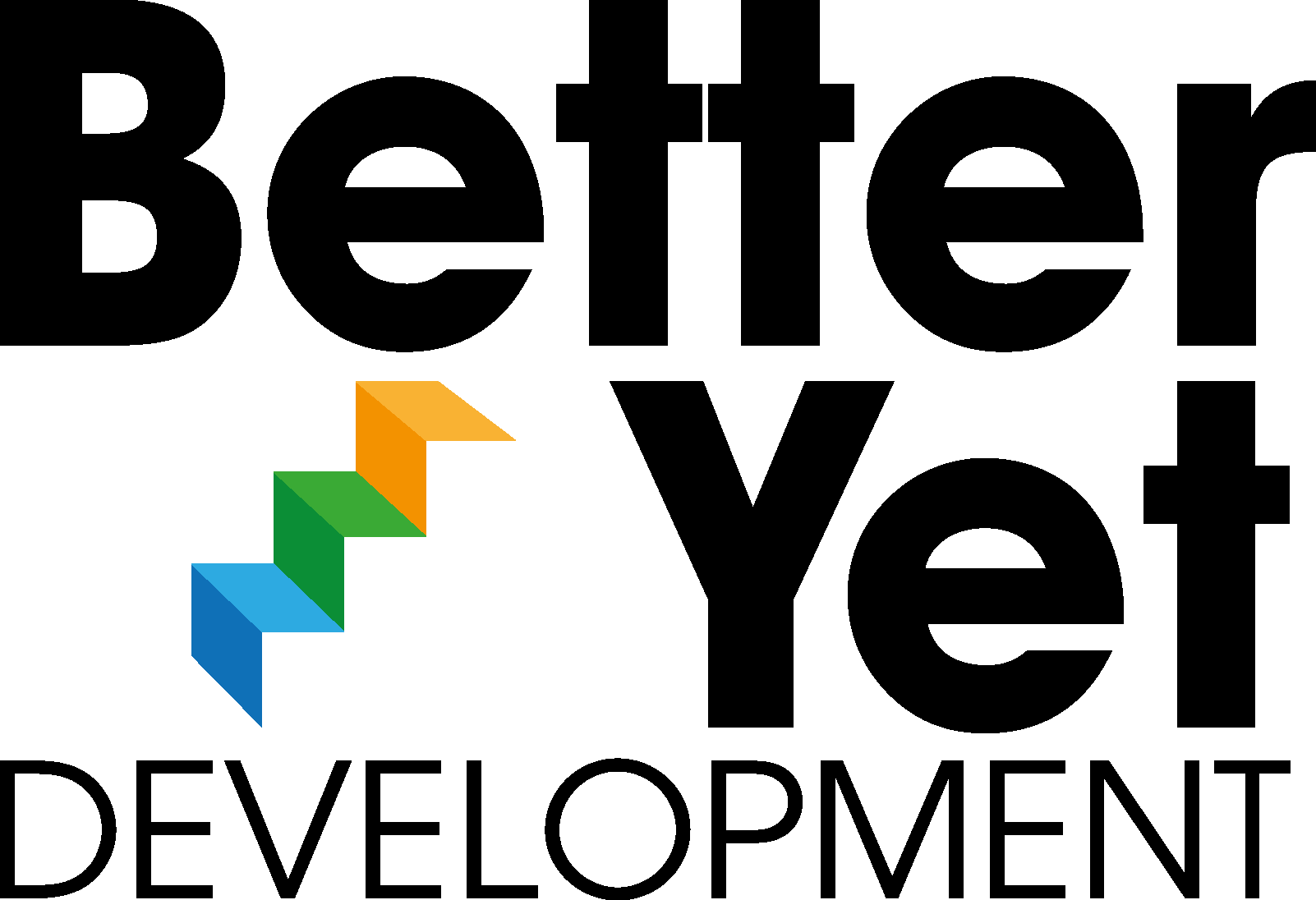How do you make decisions in your team?
Do you have defined approaches for decision-making?
How do you deal with deadlock?
How happy are you with the quality of decisions made?
In my role as a Team Performance Coach, right at the beginning of working with a team, I’ll usually ask them how they make decisions together.
It’s a simple enough question, but it often reveals that teams tend not to make collective decisions. Often, decisions are farmed out to experts within the team, passed up for the team leader to make, or not made at all at team level.
Research from McKinsey suggested that about 60% of executives believed that bad decisions were about as likely as good ones in their organisations.
Most teams deal with decisions on an ad hoc basis, pretty much making it up as they go. This usually results in inefficiency at least, but can spiral towards deadlock, division and recrimination.
I encourage teams to develop a ‘Team Decision Protocol’, requiring them to think through their decision-making options in advance – to build a simple playbook, rather than relying on how they’ve always done it, with the increased risk of suboptimal decisions.
Whilst there are 100s of decision-making models, most can be sorted into relatively few ‘buckets’, which can be arranged on a sliding scale of autocracy to autonomy.
At one end, the leader makes the decision and tells the team. This can be necessary if time is short, when an emergency decision is required for example or if it’s a relatively trivial issue and the leader knows that the decision will be supported whatever. Not everything needs a full team discussion, but the success of any decision made solely by the leader, very much depends on quick and clear communication.
Next on the scale, the leader consults with the team and then decides. This works with decisions where the team’s perspective or insight is needed, but full alignment is not necessary for an outcome.
Many teams aspire to consensus with their decision-making. Consensus requires high levels of team involvement and will be matched by high levels of commitment to a decision. Consensus is necessary for decisions where everyone in the team is likely to have a view and where a united front is required to implement the decision.
Depending on the complexity and range of options, achieving consensus in a team can be hard work and take time.
A practical and useful modification is consensus with a time limit. Simply let the team know that whilst consensus is the goal, if it can’t be achieved within a clearly stated time limit, then the team leader will make the best decision based on everyone’s inputs up to that point.
Sometimes, with passions running high and data inconclusive, striving for consensus can result in stalemate.
What can you do if you’re deadlocked?
Aiming for consent shifts the emphasis from everyone looking for agreement to ensuring that no-one objects to a decision.
This mindset shift enables a team to move forward, even if some individuals don’t particularly love the course of action.
As Gustavo Razzetti says, “Consent considers people’s range of tolerance – will they accept and support a decision, even if it’s not their preferred choice? Simply put, people might not love the decision, but they can live with it”.
Find out more about a consent-based decision-making process here.
Of course, there’s the majority vote method of decision-making. Although this is still widely used, it’s really only suited to the least controversial decisions. Whilst in theory a vote can break the deadlock, it does leave those who voted against an action as ‘the losers’ and is unlikely to result in strong commitment from all.
An extension of the majority vote is the Nominal Group Technique. With this approach, a discussion or brainstorm is followed by a vote, but each voter has to explain their rationale and why they think their vote is the best way forward. It then makes sense to offer a second vote to allow anyone swayed by these explanations to change their opinion. Again, the method usually results in some of the team ‘losing’, but everyone will have had the opportunity to put forward their case and be heard.
The other end of the decision continuum is when the leader delegates a decision to the team or a group within the team. It may be that certain technical expertise is required, or there’s no need to take up the time of the whole team. Often, the team leader will add constraints to the delegated decision, perhaps around time, investment or involvement. Appropriately delegated decisions can save time for the leader and the team, as well as developing decision-making skills within the team and increasing feelings of autonomy.
Of course, teams also have the option to make no decision. Sometimes this is simply the best option. If important information is missing, the discussion has become highly charged and emotional or time is tight – it might just make sense to call a time-out, consider what’s needed to make a good decision and postpone it until the conditions are more suitable.
None of these approaches are necessarily right. The best decisions are made using the best methods for that decision at that time. Criteria to consider are the emotional significance of the issue, how important real unanimity is, the urgency of the decision and the time available for discussion. The key takeaway is that high-performing teams need to be intentional about their decision-making, which means they always need more than one decision-making method.

